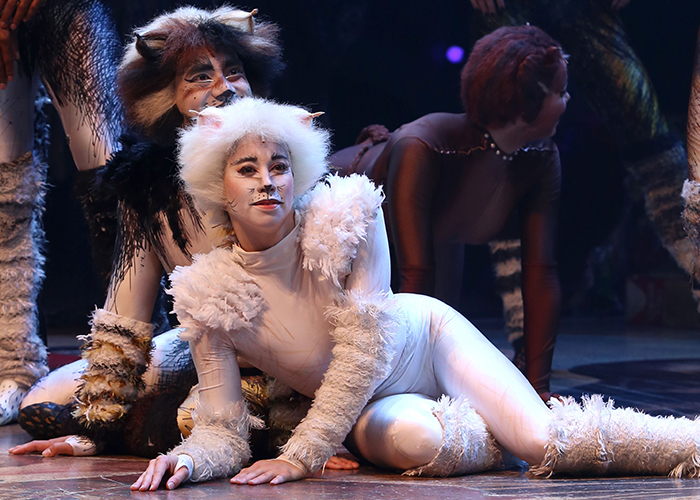
“If you can make it there, you can make it anywhere.” That would be New York, New York but more significantly Broadway. This is the official American theatre district that comprises 40 theatres of 500 seats or more. For the Big Apple, Broadway is big business pulling in billions in ticket sales each year. For thousands of aspiring playwrights, actors, directors, singers, dancers and composers it’s the dream that won’t die. For dozens of “A” list celebrity, it’s where they can get a little acting cred. As iconic avenues go, they don’t get any brighter than Broadway. Could you pass a Broadway history quiz? You will after reading this post!
Moving the Squares
Theatre has always been a part of New York but not always on Broadway. One of the first theatre companies was formed in 1750 on Nassau Street, which is in lower Manhattan. During the Revolutionary War, theatre was put on hold but came back strong with the opening of the Park Theatre in 1798. This two-thousand seat arena that was the biggest of its kind in the country.
Moving slightly uptown, the Astor Place Theatre was the site of a riot in 1849 that broke out when so-called “lower-class” patrons took issue with the snobby upper class. After that dustup, the theatre world divided itself. Opera was for the rich, the minstrel shows and melodramas were for the middle class and variety shows held in concert saloons were for the working class. Of course, Shakespeare was for everyone. An early theatre sensation was Edwin Booth’s 1865 run of Hamlet at the Winter Garden Theatre. This was months before his brother John Wilkes would change history at Ford’s Theater in D.C.
After the Civil war, there was a cluster of theatres at Broadway and Union Square, which is considered far downtown. At the end of the 1800s, those theatres migrated towards Madison Square. It wasn’t until the landlords were looking for cheaper space did the theatre community move around Times Square. By the 1920s, the Broadway Theatre district was firmly entrenched in the area where it resides to this day.
The Great White Way
By the early 1900s, the electric light bulb was all the rage and Broadway put that invention to use in its marquees starting with The Red Mill back in 1906. Other theaters soon followed suit. Since colored bulbs burned out too quickly, white was the preferred choice of theatre owners. Thus, we have The Great White Way nickname. In the 20s, theatrical tastes dictated that Broadway provide lighter fare. Audiences weren’t really challenged in the theatre. The 1927 production of Showboat changed all that with its dramatic themes incorporating music and dance. It was the best of all worlds. Perhaps this whetted the appetite for the serious dramas of Eugene O’Neill who begat Tennessee Williams and Arthur Miller and a wide range of thought-provoking playwrights.
As with the rest of the country, Broadway went through some lean times during the Great Depression. The 1943 production of Oklahoma changed all that and set the tone for a whole slew of musicals that followed. When you think of classic Broadway musicals, you think of those shows produced between Oklahoma and West Side Story.
In the 70s, Broadway hit another slump with many of the old theatres being forced to show exploitation movies instead of live theatre. Not pretty. In 1982, famed producer Joe Papp led the charge to “Save The Theatres.” This resulted in Congress designating the Broadway/Times Square Theater District as a national historic site. That paved the way for the beginning of a revitalization of the area.
Today, Broadway is thriving. In fact, you can still catch a matinee of the longest running show. That would be Phantom of the Opera, which opened at the Majestic Theatre in 1988 and is still going strong. Who knows what show will take that crown someday.







